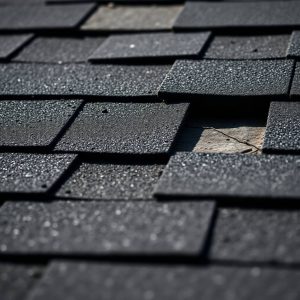
Insurance companies drop (non-renew) home policies when they calculate that the risk of paying a claim is higher than the profit from keeping you insured. So the key is to reduce perceived risk and stay in “low-risk” profile status.
Below is a clear, professional-level checklist of what home insurance adjusters, risk underwriters, and inspectors look for — and what actually prevents policy cancellation.
1. Maintain the Home’s “Critical Systems”
Insurers focus most on age and condition of the following:
| System | Ideal Condition | Red Flags That Trigger Non-Renewal |
|---|---|---|
| Roof | Under 15 years old, no missing shingles | Curling shingles, soft spots, leaks, discoloration |
| Electrical | Up-to-date circuit breakers | Old fuse boxes, knob-and-tube, aluminum wiring |
| Plumbing | Copper or PEX piping | Galvanized steel pipes, leaks, recurring water claims |
| HVAC | Maintained yearly, proper drainage | Mold, rusted drip pans, no service records |
If your roof is 18–25+ years old, insurers often drop you even if it’s not leaking.
Solution: Get a roof inspection report showing: “roof in good condition with remaining life span.”
That report can override an auto non-renewal.
2. Fix the “Insurance Inspector Triggers”
These are visible issues that cause insurers to flag the property:
- Peeling exterior paint → indicates moisture exposure
- Broken or missing siding
- Loose or rotted deck boards
- Unsecured railings or steps
- Large tree limbs overhanging the roof
- Fencing that looks unstable
- Cracked foundation visible from outside
- Driveway/entry tripping hazards
If they send an inspection report, treat it as a countdown.
You usually have 30–60 days to correct issues.
3. Avoid High-Risk Claim Patterns
Insurance companies don’t only care about the size of claims — they care about the frequency.
| Risk Pattern | Why It Triggers Cancellation |
|---|---|
| 2 small claims in 3 years | Seen as an unpredictable risk pattern |
| Water damage claim (regardless of cost) | Water claims escalate later — they assume future mold risk |
| Liability claims (dog bites, slips) | Lawsuit exposure is expensive |
If something small breaks → pay out of pocket instead of filing unless it is large.
4. Mitigate Liability Risks
These are top cancellation triggers:
| Item | Actions to Avoid Cancellation |
|---|---|
| Dogs | If your dog has a bite incident → require training documentation or liability rider |
| Trampolines | Add enclosure + anchoring or insurers will non-renew |
| Pool | Must have: locking gate + functional pool fence (not optional) |
If the insurer sees “attractive nuisance” + no safety measures → they drop you immediately.
5. Keep Documentation
Keep a home maintenance file:
- Receipts for repairs
- Before + after photos
- Annual HVAC and roof inspection reports
Why it works:
If underwriting flags your property, you can dispute risk classification with evidence.
6. Watch Your CLUE Report
Your CLUE (Comprehensive Loss Underwriting Exchange) report shows your:
- Claims history
- Claim types
- Dates
- Amounts paid
Insurance companies check this before renewal.
Order your free CLUE report here:
https://consumer.risk.lexisnexis.com/request
If it contains incorrect claims, you can dispute and remove them — and this alone can prevent non-renewal.
If You’ve Received a Non-Renewal Notice
You can still stop it if you respond quickly:
Call underwriting (not customer service) and say:
“I’d like to submit proof of corrective repairs and request reconsideration of the non-renewal.”
Provide:
- Repair receipts
- Contractor statements
- Re-inspection photos
Underwriters can reverse a non-renewal if risk is corrected before the termination date.
In short
To prevent getting dropped:
| Do | Avoid |
|---|---|
| Maintain roof, plumbing, electrical | Letting aging systems go unchecked |
| Fix exterior issues quickly | Claims for small losses |
| Keep dogs/pools/trampolines compliant | Ignoring safety measures |
| Save maintenance documentation | Letting inspection reports lapse |
